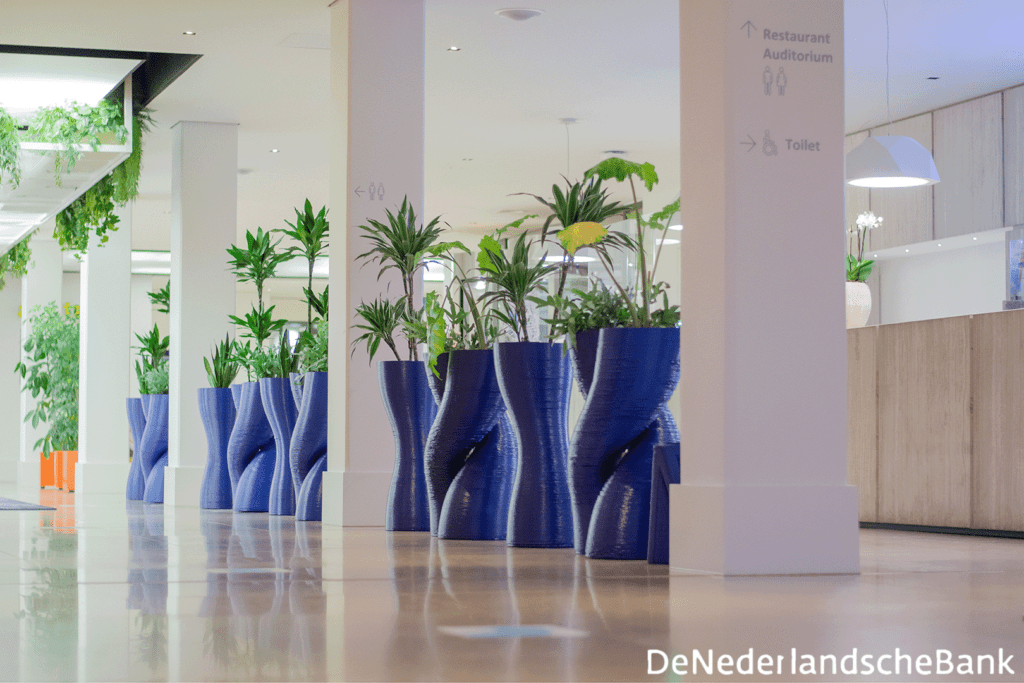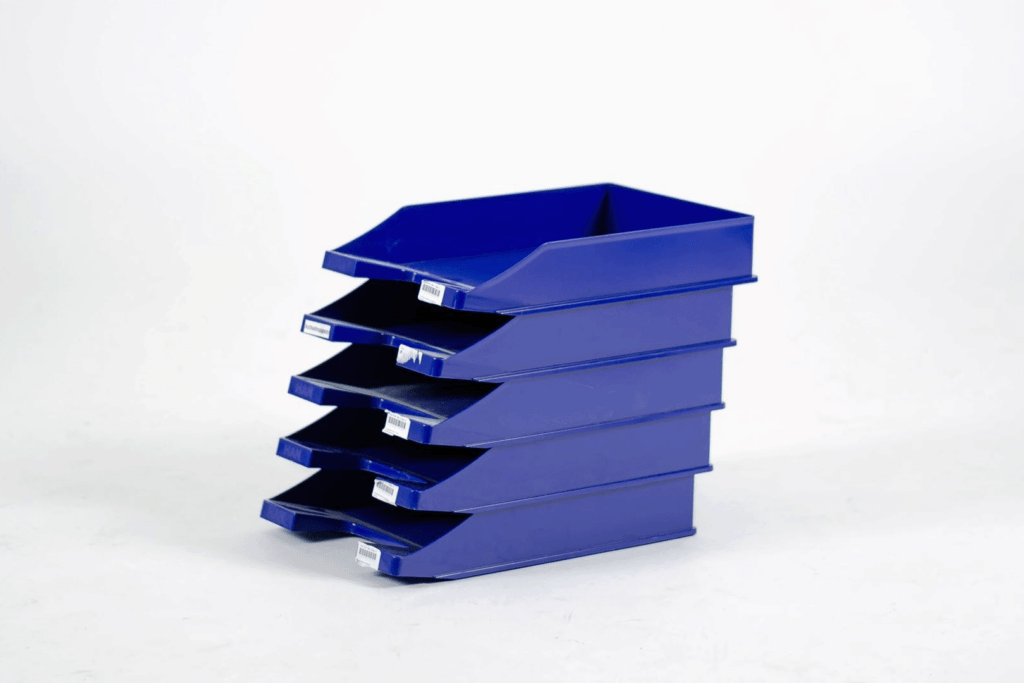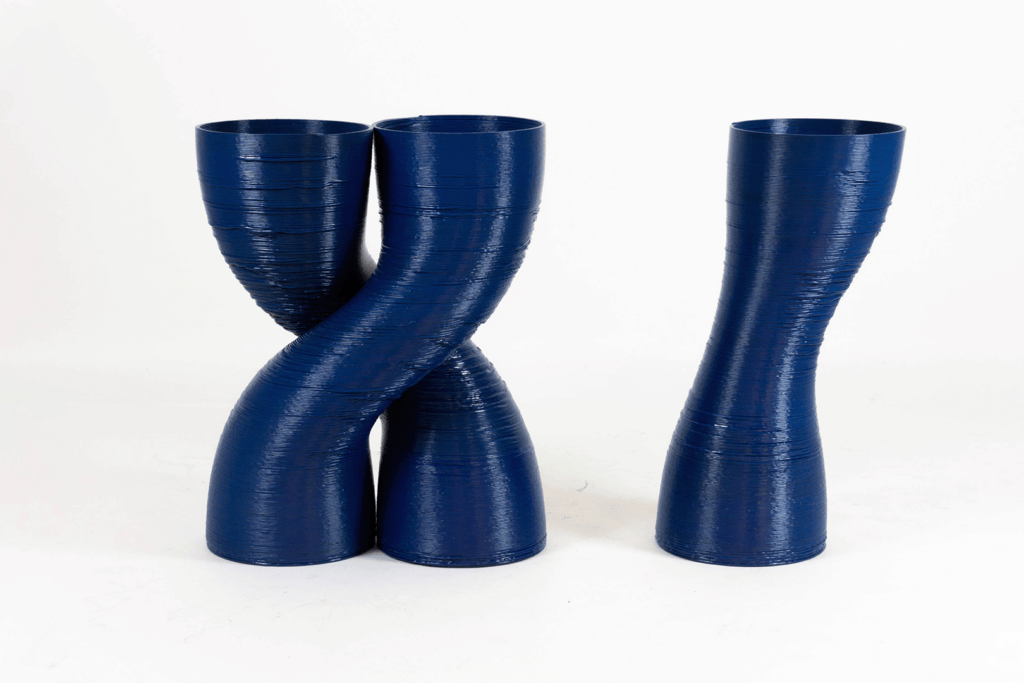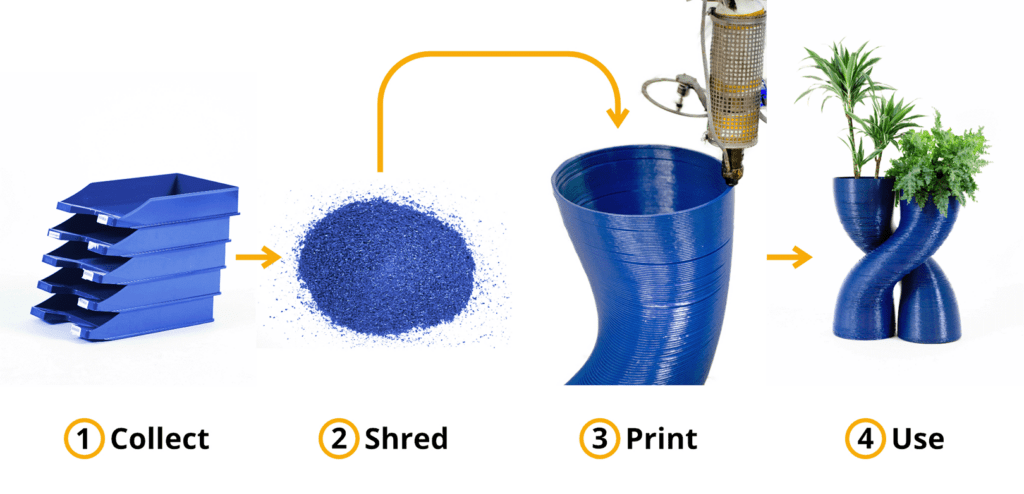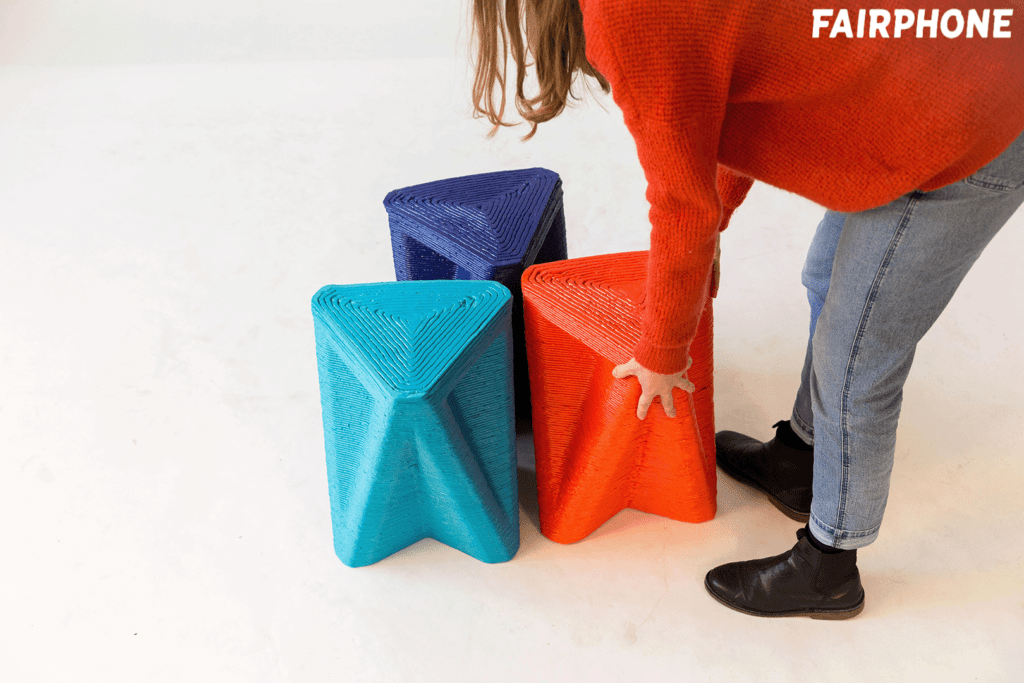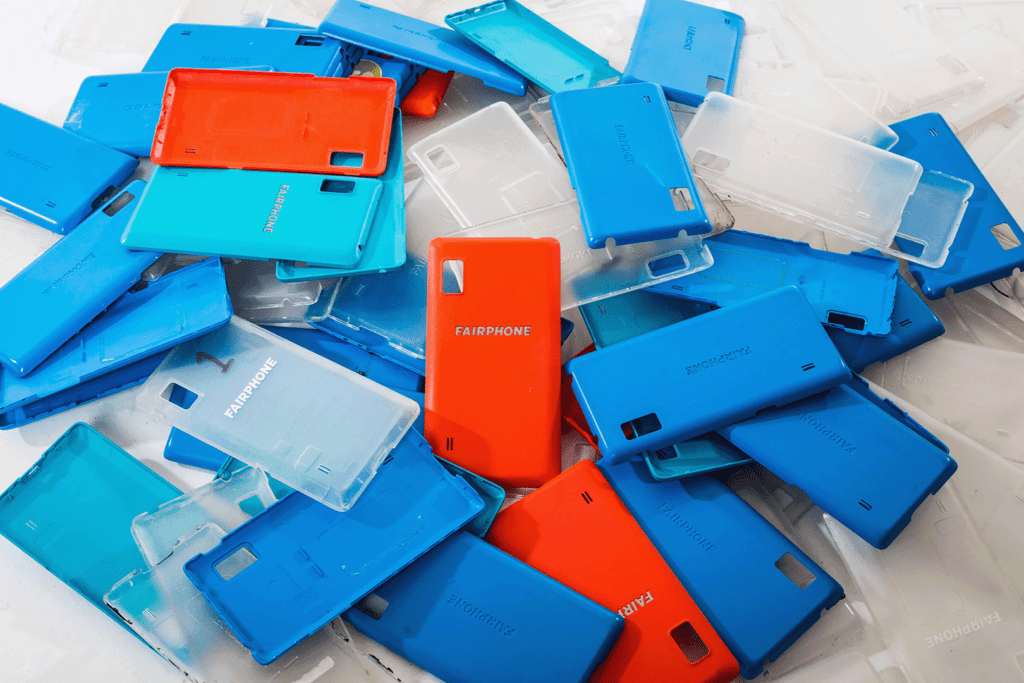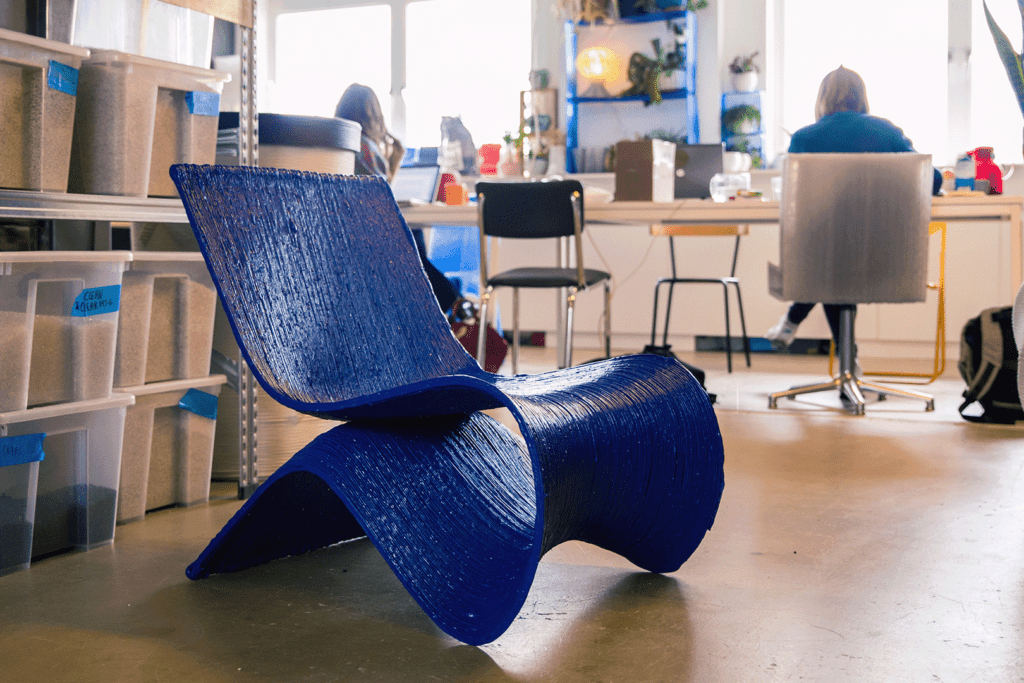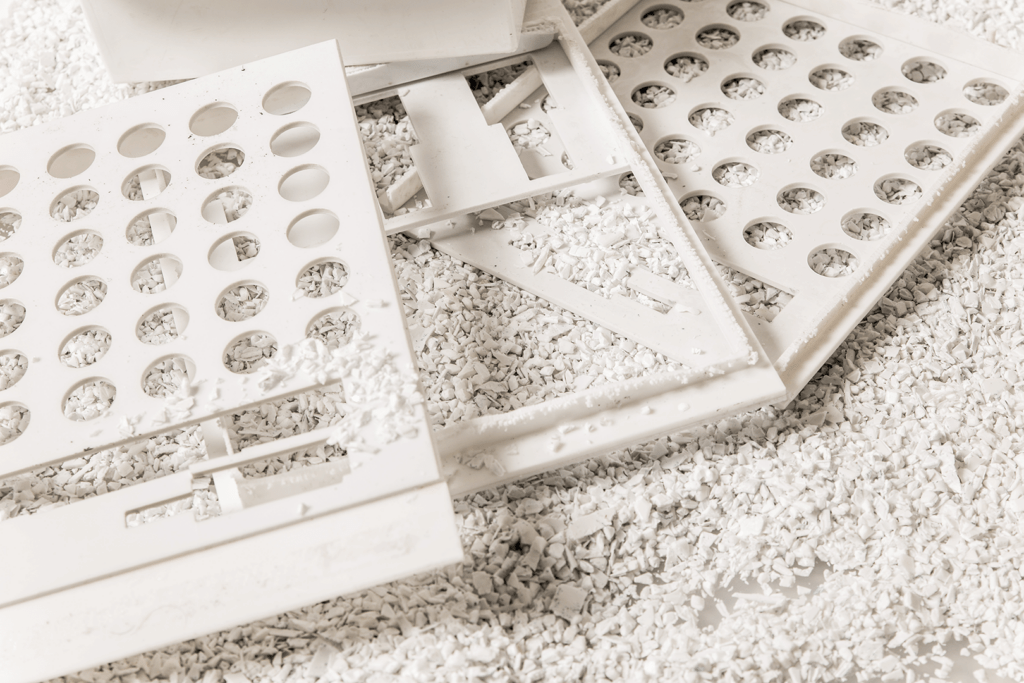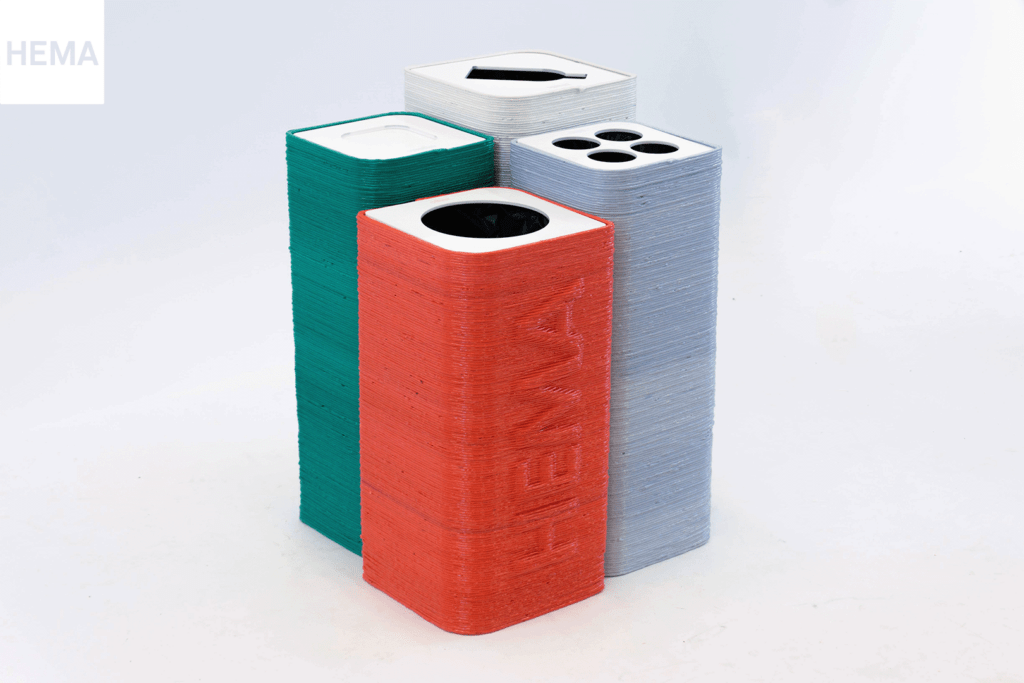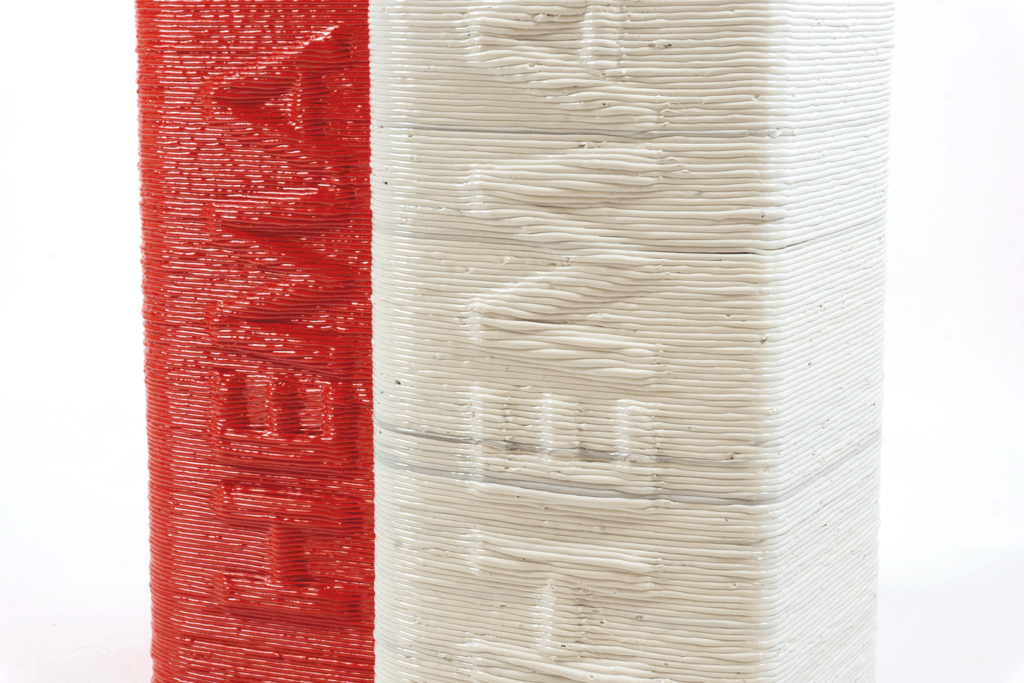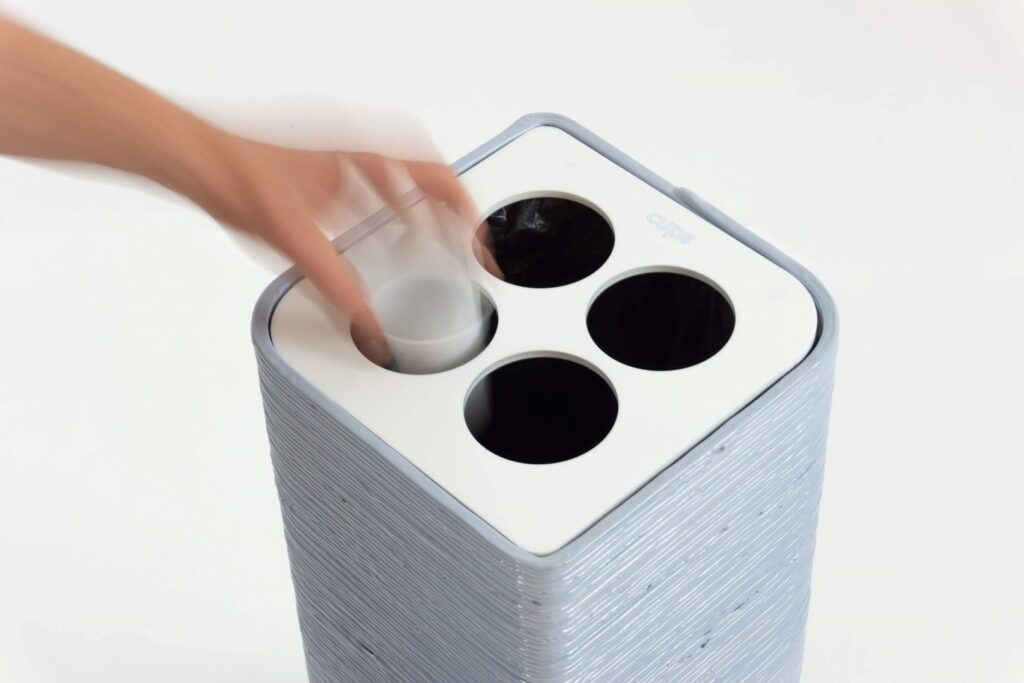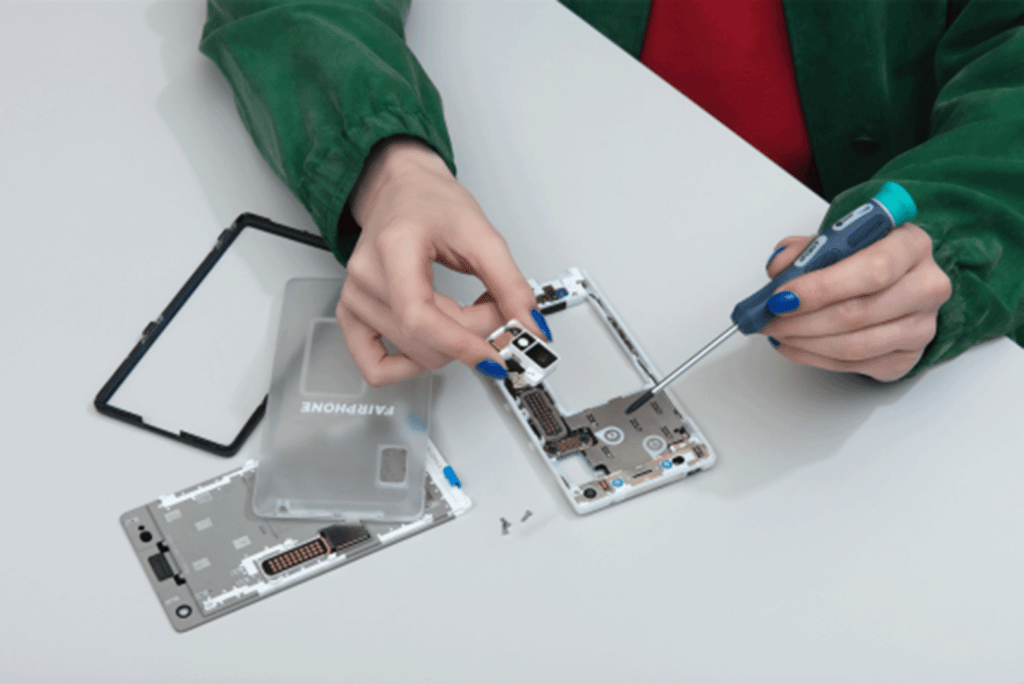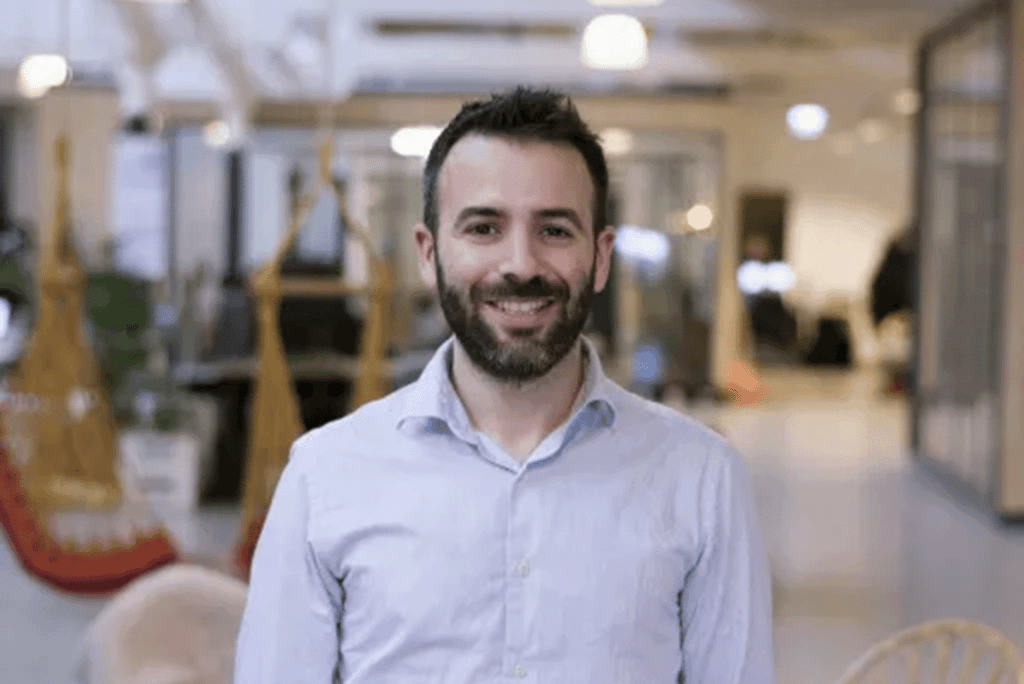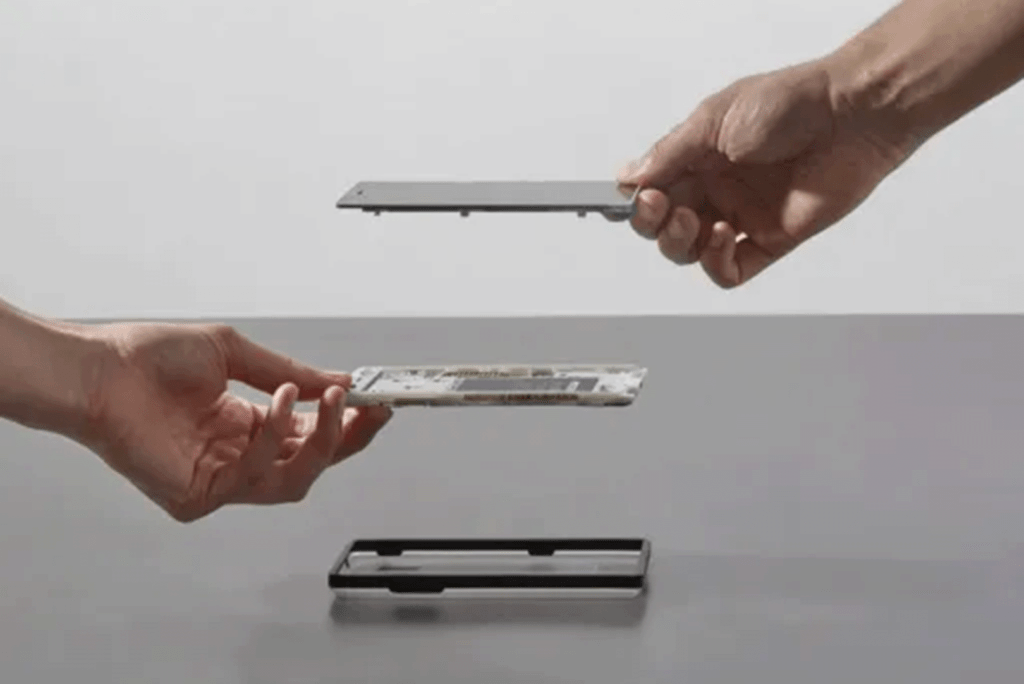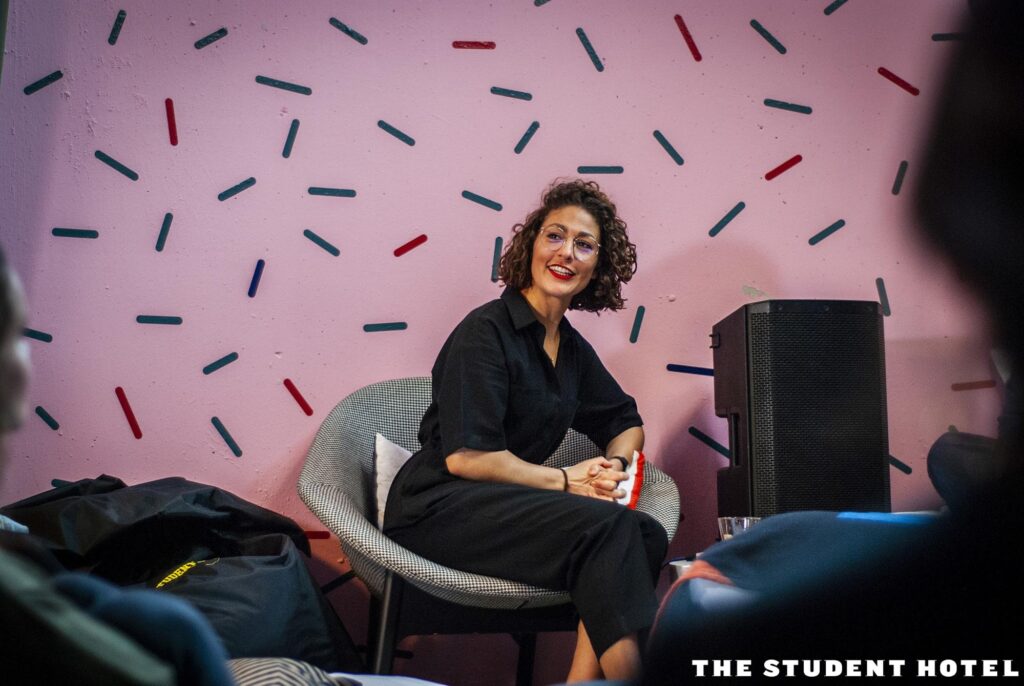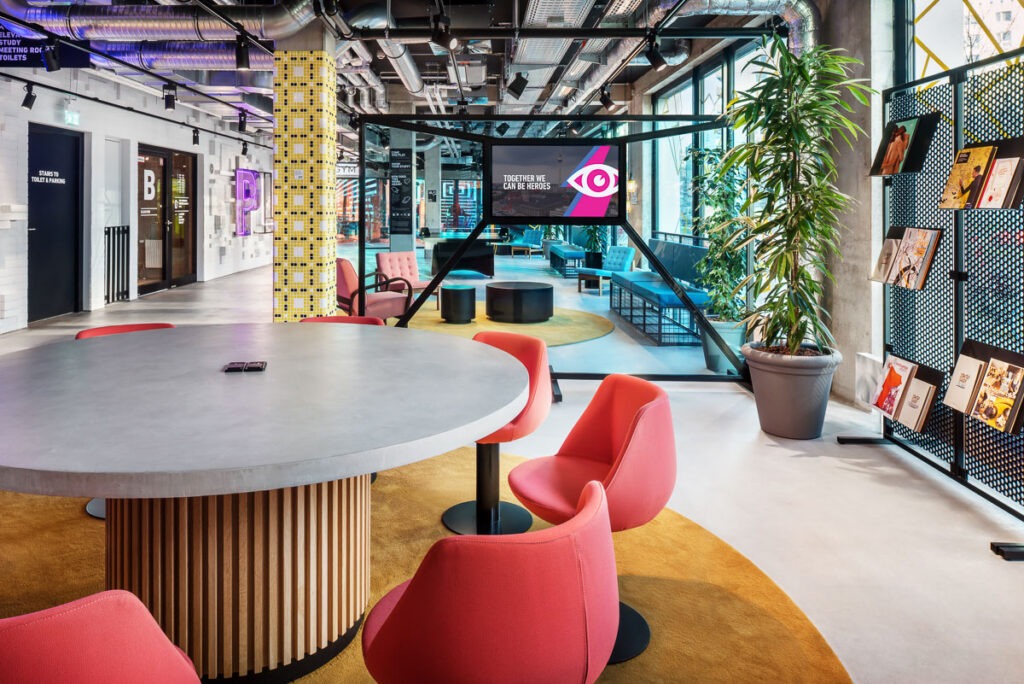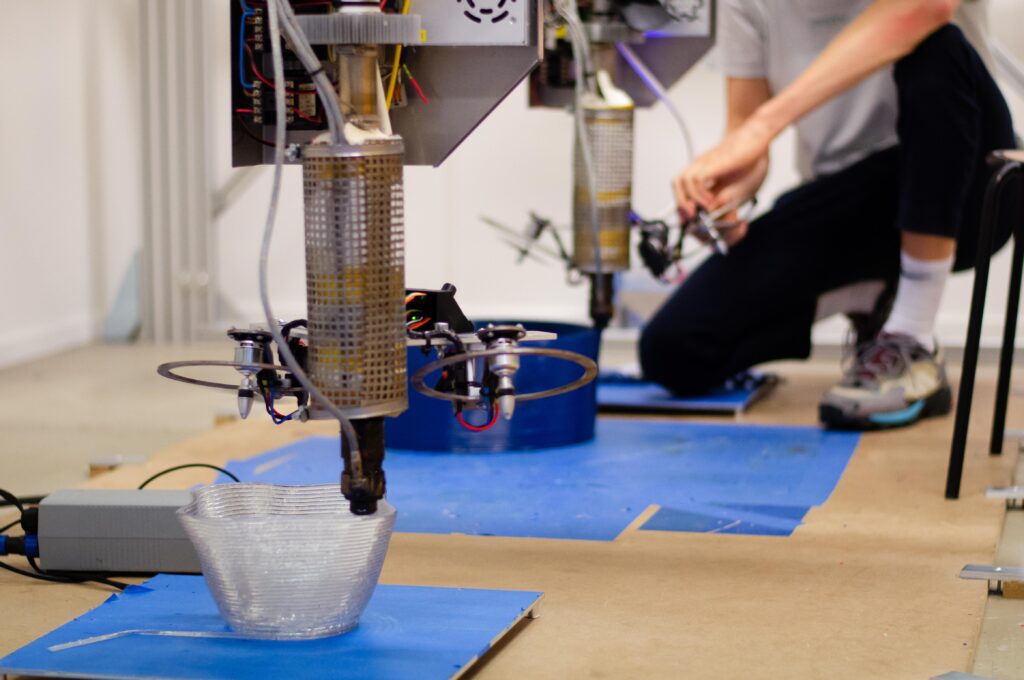Remastered – A collection of recycled CD’s
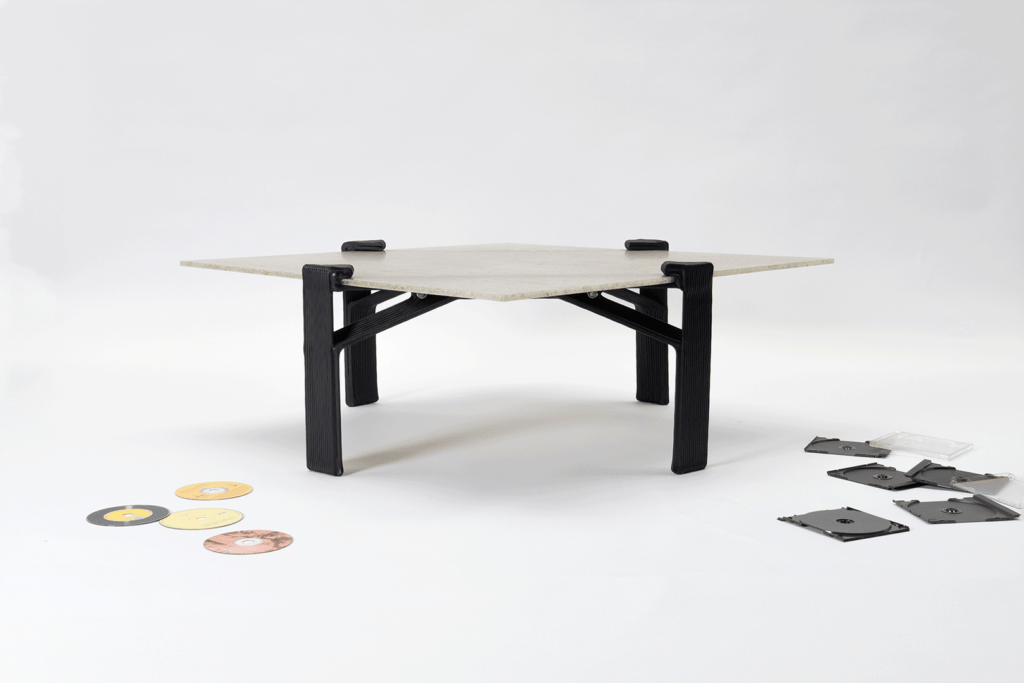
Research – Reusing discarded CD’s
When talking about plastic waste, we usually think about plastic packaging and disposable products. In order to reach a fully circular economy however, we will also need to find a solution for strong and longlasting plastic products that have lost their use and become waste. CD’s are a clear example of this. These plastic disks used to have great practical and emotional value, but are now discarded at large scale. We can do something with this material! We have started a collaborative research project with Emmaus thrift stores, Van der Hoevenkliniek, The Good Plastic Company, Cantor and Searious Business in order to find a solution for this valuable waste stream.
Thrift stores still receive large amounts of CD’s on a daily basis. There are 9 Emmaus stores that safe the CD’s that can’t be sold for us to use. These CD’s are brought to Van der Hoevenkliniek, where they are disassembled. The CD’s themselves, the transparant cases, the black or coloured inlays and the paper booklet are separated. The plastic waste streams are shredded in the workshop of Van der Hoevenkliniek. These shredded flakes serve as raw material for vanPlestik’s 3D-printers and The Good Plastic Company’s sheet press. During this project, vanPlestik developed 3 different products that each show the value of this material.
Remastered: 3 products made from recycled CD’s
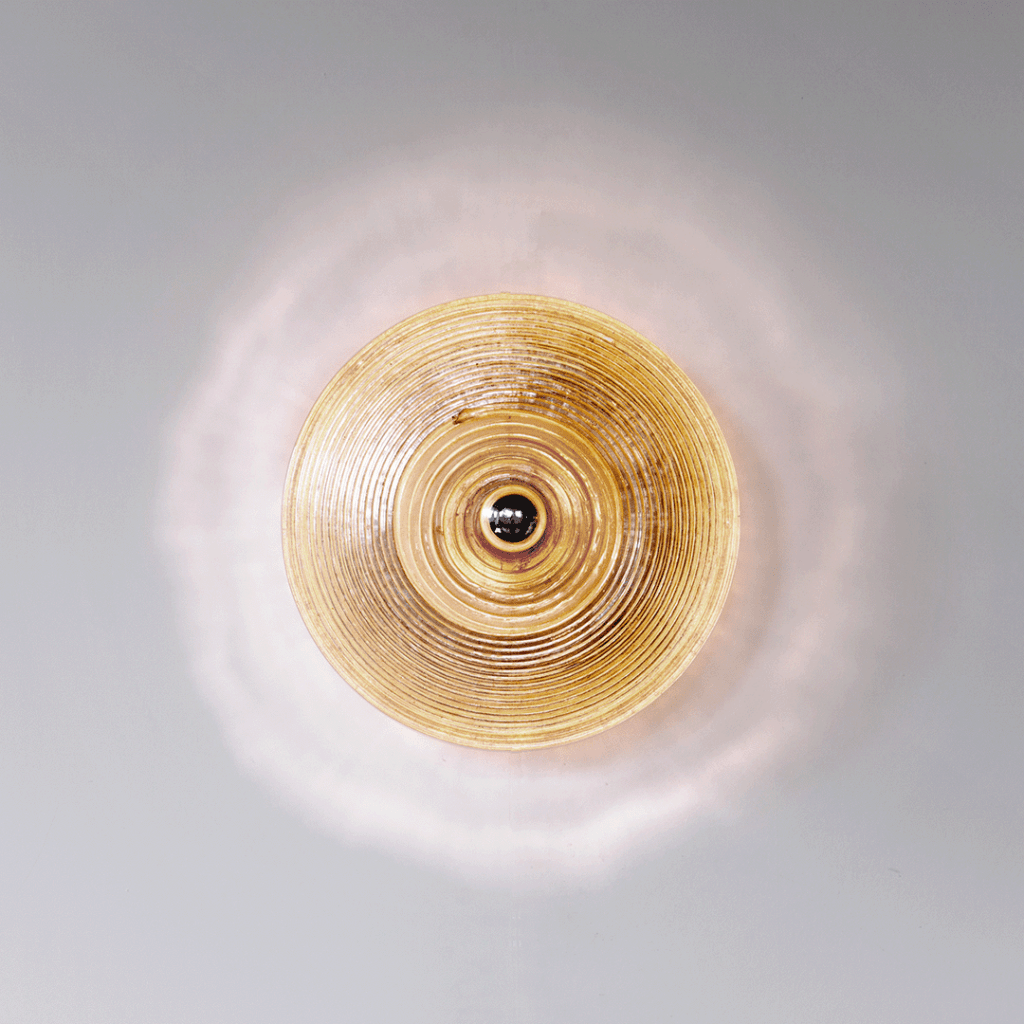
Compact Sun
The first product is Compact Sun. This wall lamp is 3D-printed from recycled CD cases. Small imperfections in the material create a distinctive reflection on the wall.
Read more about Compact Sun in our webshop.
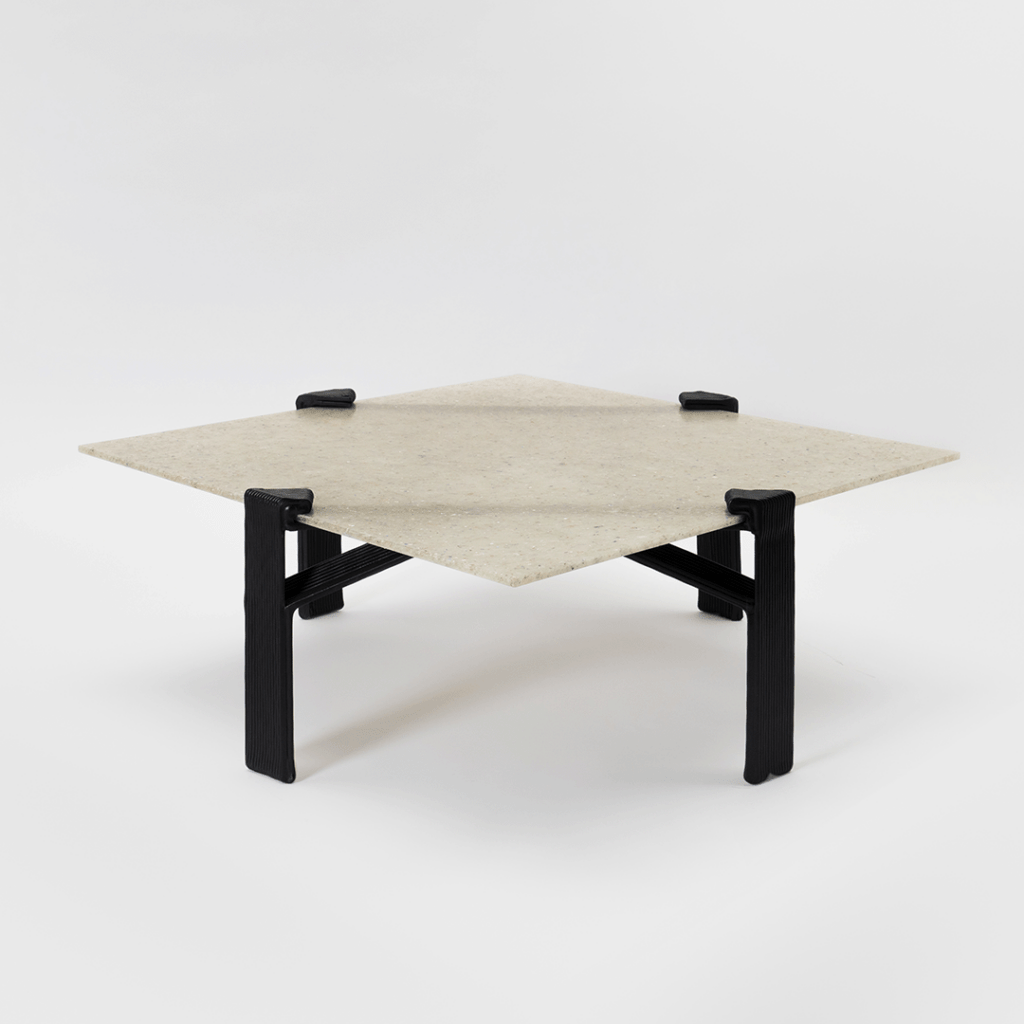
Clutch Table
In order to make this coffee table, we combined the production techniques of vanPlestik and The Good Plastic Company. The tabletop is made by The Good Plastic Company, using recycled CD cases mixed with CD’s or inlays. There are different styles and colours of table tops available.
The legs of the Clutch Table are made from the black inlays that hold the CD in place. The legs are 3D-printed by vanPlestik
Clutch Table will soon be available in our webshop!
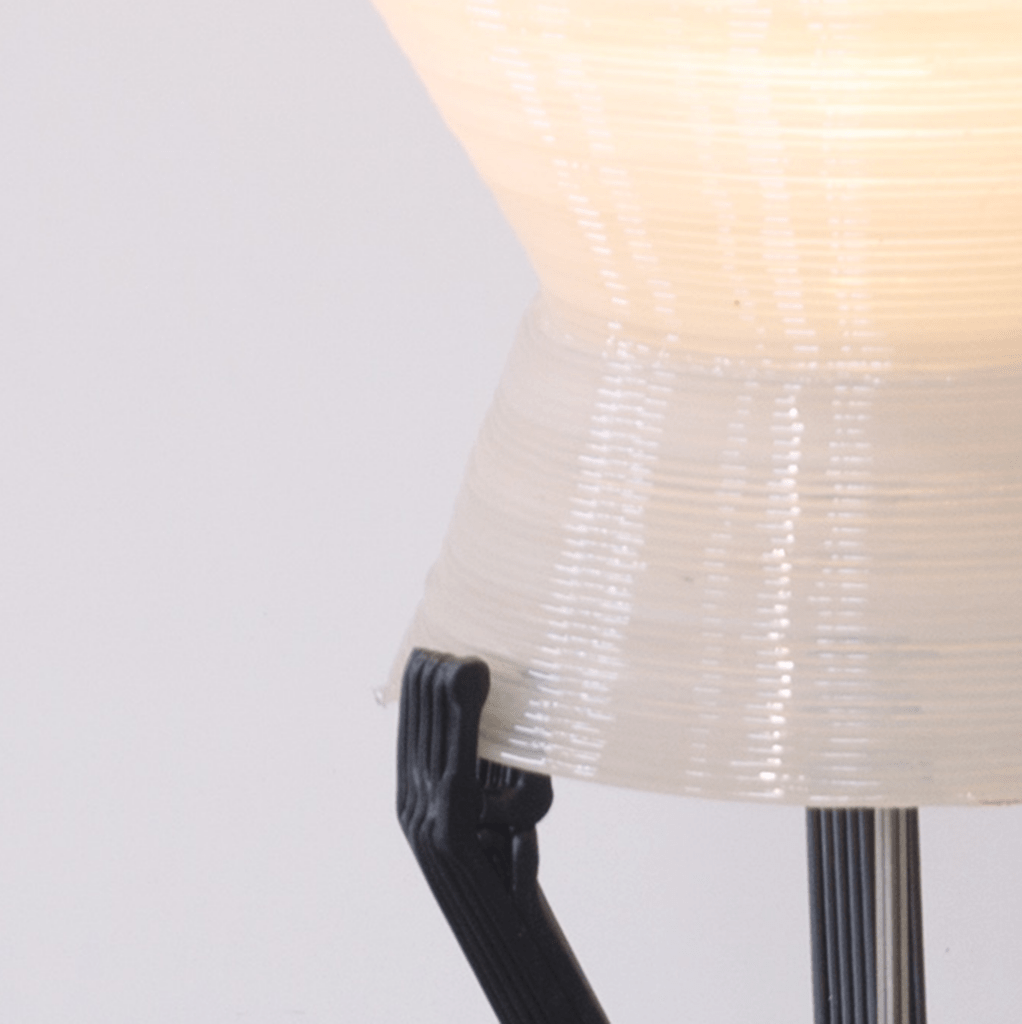
Abby lamp
This is just a small sneak-peak of the final product! We are still developing this product, but hope to be able to share more info soon!
This project is a collaboration with Emmaus de Bilt, The Good Plastic Company, Cantor and vanPlestik. The project was supported by Searious Business and partially financed by RvO Circulaire Ketenprojecten.

